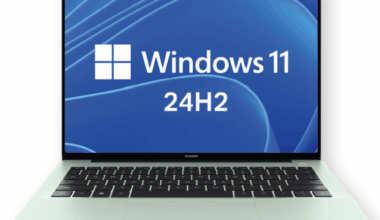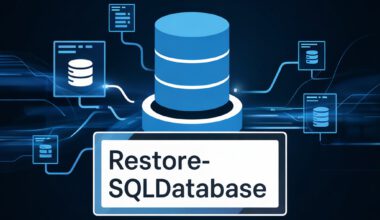Below is the history through an overview of Dynamics 365 Business Central.
Microsoft Dynamics NAV, formerly known as Navision, offers powerful enterprise resource planning (ERP) solutions. This system helps organizations streamline and automate business processes such as finance, inventory management, manufacturing, sales, and customer relationship management. The Danish company Navision originally developed Dynamics NAV, after which Microsoft acquired the company and rebranded the system as Microsoft Dynamics NAV. In this comprehensive overview of Business Central (formerly Dynamics NAV/Navision), we explore the history of Dynamics NAV / Business Central.
Overview of Dynamics 365 Business Central
In 1984, Preben Damgaard and Erik Damgaard founded the Danish software company Damgaard. They began developing accounting software for small and medium-sized businesses.
During the 1980s, Damgaard developed the Financial Business System (FBS), an accounting program that quickly became popular among Danish companies. Thanks to the success of FBS, Damgaard expanded its product offerings to cover other business processes.
In the early 1990s, Damgaard expanded its software package with modules for inventory management and sales. These additions laid the foundation for an integrated ERP system. The name was later changed to Navision Software. In 1995, Navision launched Navision Financials, a comprehensive financial management system that became the basis for later versions of Dynamics NAV.
Acquisition by Microsoft
In 2002, Microsoft acquired Navision, marking a significant step into the ERP software space. After the acquisition, Microsoft renamed Navision to Microsoft Business Solutions Navision. Later, the name was simplified to Microsoft Dynamics NAV.
Under Microsoft’s leadership, Dynamics NAV received a major boost. It was enriched with new capabilities, such as advanced reporting and analytics tools. Integration with other Microsoft products like Office and SharePoint was introduced, along with enhancements in areas such as supply chain management, manufacturing, and e-commerce functionality.
New Name: Dynamics 365 Business Central
With growing demand for cloud-based solutions and evolving technology, Microsoft launched Dynamics 365 Business Central in 2018. This system builds upon the foundation of Dynamics NAV and combines the power of ERP with cloud technologies. Users can manage business processes flexibly and access data from anywhere, on any device.
Dynamics NAV/Business Central is scalable. It can be tailored to meet the needs of both small and large enterprises. The system offers modules and features that can be added or adjusted based on an organization’s specific requirements.
Multiple Business Processes in One System
With Dynamics NAV/Business Central, companies can integrate multiple business processes into a single system. Finance, inventory management, sales, purchasing, manufacturing, and other functions communicate seamlessly, increasing efficiency and reducing duplication of work.
Dynamics NAV/Business Central is designed with an intuitive user interface and a familiar Microsoft look and feel. This makes the system easy to learn and use, enhancing employee productivity and reducing training time.
As part of the Microsoft ecosystem, Dynamics NAV/Business Central integrates seamlessly with other Microsoft products, such as Office 365, Power BI, and SharePoint. This enables users to share data, collaborate, and generate extensive reports and analytics.
Looking Ahead
Microsoft continues to invest in the development of Dynamics NAV/Business Central, focusing on further cloud migration and digital transformation. By leveraging the latest technologies—such as artificial intelligence, machine learning, and the Internet of Things (IoT)—Microsoft aims to continuously improve and innovate the system.
Microsoft is also working to expand the functionality of Dynamics NAV/Business Central to meet the needs of various industries. Through additional modules and industry-specific solutions, Microsoft seeks to support organizations across different sectors and help them optimize their business processes.
Dynamics NAV/Business Central has an active global user community and a broad partner network. This community and these partners play a crucial role in knowledge sharing, support, and the creation of add-ons and solutions that further extend the system’s functionality.
Conclusion
In conclusion, Microsoft Dynamics NAV and its evolution into Business Central have come a long way since the founding of Damgaard in Denmark. What began as an accounting program has grown into a comprehensive ERP system that supports organizations worldwide in managing their business operations. With a strong focus on scalability, flexibility, and user-friendliness, Microsoft continues to invest in the future of Dynamics NAV/Business Central, making it a valuable tool for companies in the rapidly changing digital world.
More information about Microsoft Business Central can be found here. Wil je terug naar de Home pagina, dan kan dat via deze link.



